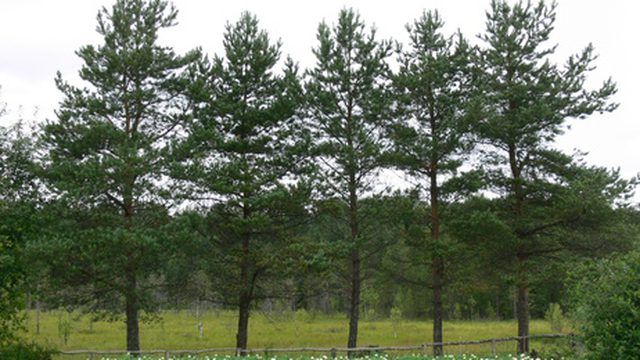Bulbs
Flower Basics
Flower Beds & Specialty Gardens
Flower Garden
Garden Furniture
Garden Gnomes
Garden Seeds
Garden Sheds
Garden Statues
Garden Tools & Supplies
Gardening Basics
Green & Organic
Groundcovers & Vines
Growing Annuals
Growing Basil
Growing Beans
Growing Berries
Growing Blueberries
Growing Cactus
Growing Corn
Growing Cotton
Growing Edibles
Growing Flowers
Growing Garlic
Growing Grapes
Growing Grass
Growing Herbs
Growing Jasmine
Growing Mint
Growing Mushrooms
Orchids
Growing Peanuts
Growing Perennials
Growing Plants
Growing Rosemary
Growing Roses
Growing Strawberries
Growing Sunflowers
Growing Thyme
Growing Tomatoes
Growing Tulips
Growing Vegetables
Herb Basics
Herb Garden
Indoor Growing
Landscaping Basics
Landscaping Patios
Landscaping Plants
Landscaping Shrubs
Landscaping Trees
Landscaping Walks & Pathways
Lawn Basics
Lawn Maintenance
Lawn Mowers
Lawn Ornaments
Lawn Planting
Lawn Tools
Outdoor Growing
Overall Landscape Planning
Pests, Weeds & Problems
Plant Basics
Rock Garden
Rose Garden
Shrubs
Soil
Specialty Gardens
Trees
Vegetable Garden
Yard Maintenance
Field Guide for Pine Tree Identification
Field Guide for Pine Tree Identification. The pine trees in North America occur in many ecosystems, with these trees growing from lowland deserts to the high elevations in mountains. Recognizing the individual species of pines is possible when you disseminate their features.

The pine trees in North America occur in many ecosystems, with these trees growing from lowland deserts to the high elevations in mountains. Recognizing the individual species of pines is possible when you disseminate their features.
Identification
The leaves of pine trees are typically needles, with their lengths, numbers and arrangement among the facets you can use for their identification. For example, the needles of the foxtail pine grow to lengths between 1 and 2 inches arranged on the branches in bundles of fives so that they crowd together, making each branch resemble an animalís tail.
Size
Pine trees can grow to be as tall as 200 feet, such as in the case of the sugar pine of the West Coast. Other pines, including the pinyon pine, are often no larger than big shrubs, straining to reach heights of 20 feet.
Considerations
Consider using the appearance of the pine cones that develop on pine trees to further focus in on what type of pine you encountered. The jack pine, for instance, has cones that grow to be as long as 2 inches, with the cones curving as they arch toward the tip of the limbs upon which they grow.